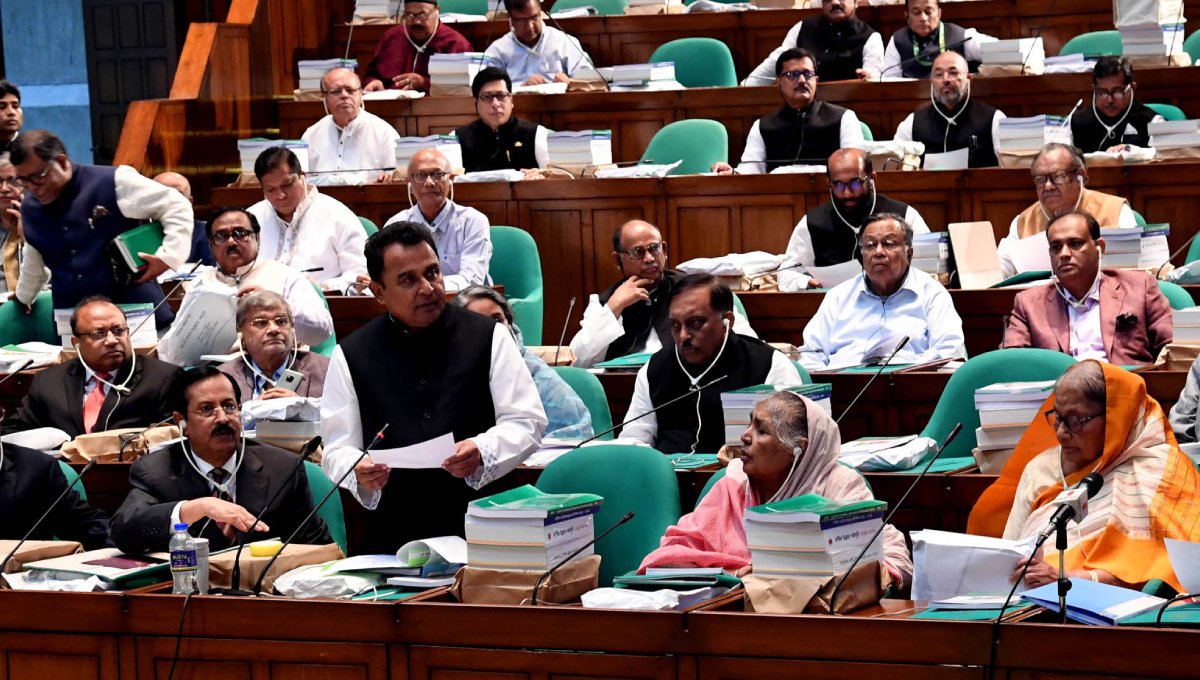
Finance Minister AHM Mustafa Kamal has proposed in parliament an allocation of Tk 28,051 crore for the power and energy sector in the national budget for the 2019-20 fiscal year. The amount is 5.84% higher than the allocation of the outgoing fiscal year.
He said the government has set targets to generate 24,000 megawatts (MW) by 2021, 40,000 MW by 2030, and 60,000 MW by 2041 respectively.
The allocation for the sector is roughly 5.36% of the total size of the national budget of Tk 523,190 crore for the fiscal year 2019-20.
Power and Energy sector has got an allocation of TK 19,100 core as subsidy and cash loan in the proposed budget.
The power sector alone has got an allocation of TK 9,500 crore as cash loan while the energy sector has got an allocation of TK 9,600 crore as subsidy.
However, the subsidy in the gas sector got doubled from Tk 4,500 (in the outgoing fiscal year) to Tk 9,600 crore in the proposed budget for FY2019-20 which is likely inevitable due to the recent import of high priced LNG. The subsidy was much lower at TK 3,061 crore in FY2017-18 and it was just TK 300 core in FY2016-17.
To meet the demand for electricity in short, medium and in long terms, the projects for its generation, distribution and transmission are in different phases of implementation, the finance minister said. To ensure energy security and sustainable energy supply system, the government has planned to reduce the use of fuel to 15 percent by 2021 and to 20 percent by 2030, he said.
To import Liquefied Natural Gas (LNG), an alternative to indigenous natural gas, and ensure energy security in the country, two Floating Storage and Regasification Unit (FSRU) with a daily capacity of 1,000 million cubic feet have been installed, which currently adds around 650 million cubic feet LNG daily to the national grid, the minister said.
The country still has to wait for a long time for uninterrupted power and gas supply in spite of the recent inclusion of LNG to the national grid along with achieving a huge success in electricity generation in the last one decade.
Poor network for distribution and transmission of electricity and a high demand-supply gap of gas are to blame for the delay. Consumers ranging from industries and power plants to fertilizer factories and households still complain of regular power outages.
The benefit of the progress in the energy and power sectors is not equally distributed: cities get almost uninterrupted power supply whereas villages still suffer from cuts.
Factories and producers based in the cities and industrial belts have access to gas and the same is true for the households in the same vicinity. But for the rest, getting a gas connection is a dream.



